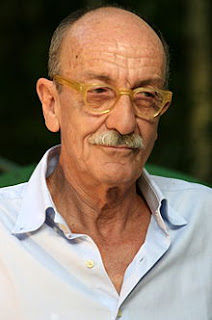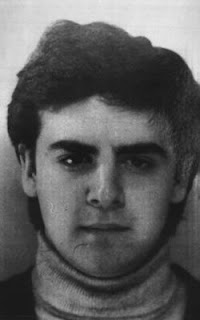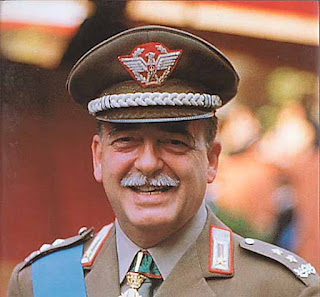Judge who was part of struggle against the Mafia
 |
| Giuseppe Ayala was a prosecutor at the Maxi Trial of 1987 |
Ayala became well known as an anti-Mafia magistrate and anti-Mafia judge. He was a prosecutor at the so-called Maxi Trial in Palermo in 1987, which resulted in the conviction of 342 Mafiosi.
He has continually raised doubts about whether it was the Mafia working alone who were responsible for the killing of his fellow anti-Mafia investigator Giovanni Falcone in 1992.
The deaths of Falcone and another prominent anti-Mafia magistrate, Paolo Borsellino, also murdered by the Mafia, came a few months after the killing of Christian Democrat politician, Salvatore Lima, who was thought to be the Mafia’s man on the inside in Rome and had close links with Italy’s three-times prime minister, Giulio Andreotti.
There was speculation that it suited senior figures in the Italian government that the two magistrates were killed because they knew too much about corruption at the highest level.
Ayala studied at the University of Palermo and obtained a degree in jurisprudence. Afterwards he worked as a public prosecutor.
Ayala participated actively in the Tangentopoli trials and became a member of both the Democratic Alliance and the Italian Republican party in the 1990s. He was elected to the Chamber of Deputies in 1992 and served as under-secretary for justice in the governments of Romano Prodi and Massimo D’Alema.
 |
| Ayala (right) with his friend and colleague Giovanni Falcone, who was murdered by the Mafia in 1992 |
Ayala joined the Democratici di Sinistra - Democrats of the Left - a social-democratic political party, after it was formed in place of the Democratic Party of the Left and the Italian Communist Party.
During his time serving in the pool of anti-Mafia judges in Sicily, along with Falcone and Borsellino, Ayala constantly had to have armed bodyguards with him.
Now living in Palermo, Ayala had to be rushed to hospital there in April 2018 after he was involved in a car accident in the city. He had been out driving on his own, when his car was in collision with a Fiat Punto being driven by an elderly person. Ayala suffered a fractured femur as a result.
 |
| The Cathedral of Santa Maria la Nova is one of the main buildings in the town of Caltanisetta |
Caltanissetta, where Giuseppe Ayala was born, is a town in the centre of Sicily and is also the capital of the province of Caltanissette. It is the sixth highest municipality in Italy by elevation, at 568m (1,864ft) above sea level, and the second highest in Sicily after the city of Etna. The inhabitants of the are known as Nisseni. One of the main sights in Caltanissette is the Cathedral of Santa Maria la Nova, which was built in Piazza Garibaldi, the main square, between the years 1560 and 1620 in late Renaissance style. The interior is decorated with a series of frescoes by the Flemish painter, Guglielmo Borremans.
 |
| The church of San Cataldo in Piazza Bellini in Palermo is an example of the city's fusion of architectural styles |
The vibrant city of Palermo, where Giuseppe Ayala lives now, is the capital of Sicily, and has a wealth of beautiful architecture, plenty of shops and markets to browse in, and an opera house, the Teatro Massimo, which is the largest theatre in Italy. The city’s architecture reflects a history of northern European and Arabian influences. The church of San Cataldo on Piazza Bellini is a good example of the fusion of Norman and Arabic architectural styles, having a bell tower typical of those common in northern France but with three spherical red domes on the roof.
More reading:
How Giovanni Falcone became an anti-Mafia crusader
Did murdered magistrate Paolo Borsellino know too much?
Was Salvatore Lima the Mafia's insider in government?
Also on this day:
1551: The death of Sienese painter Domenico di Pace Beccafumi
1892: The birth of opera singer and Broadway star Ezio Pinza
1939: The birth of anti-Mafia magistrate Giovanni Falcone
Home




